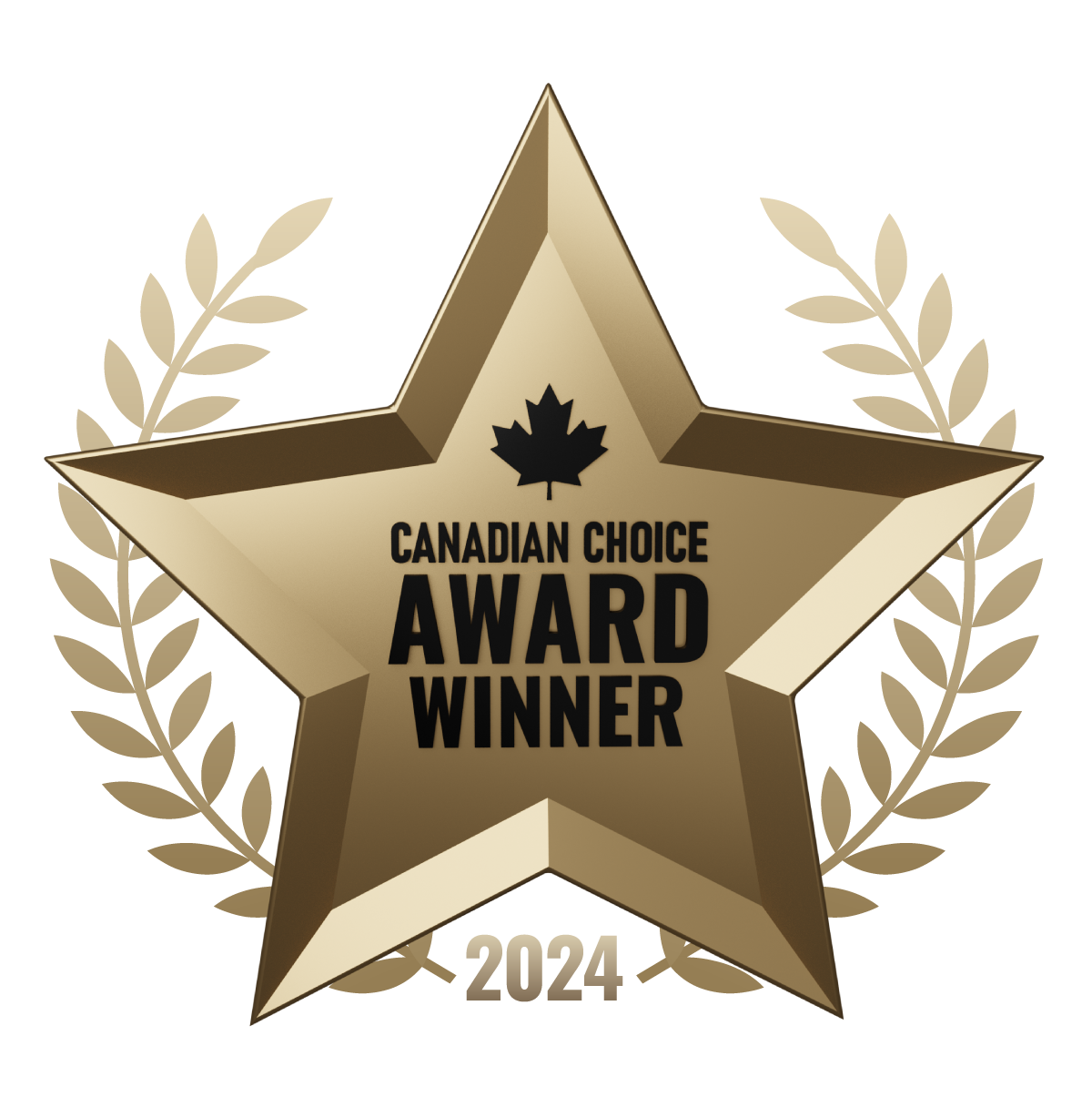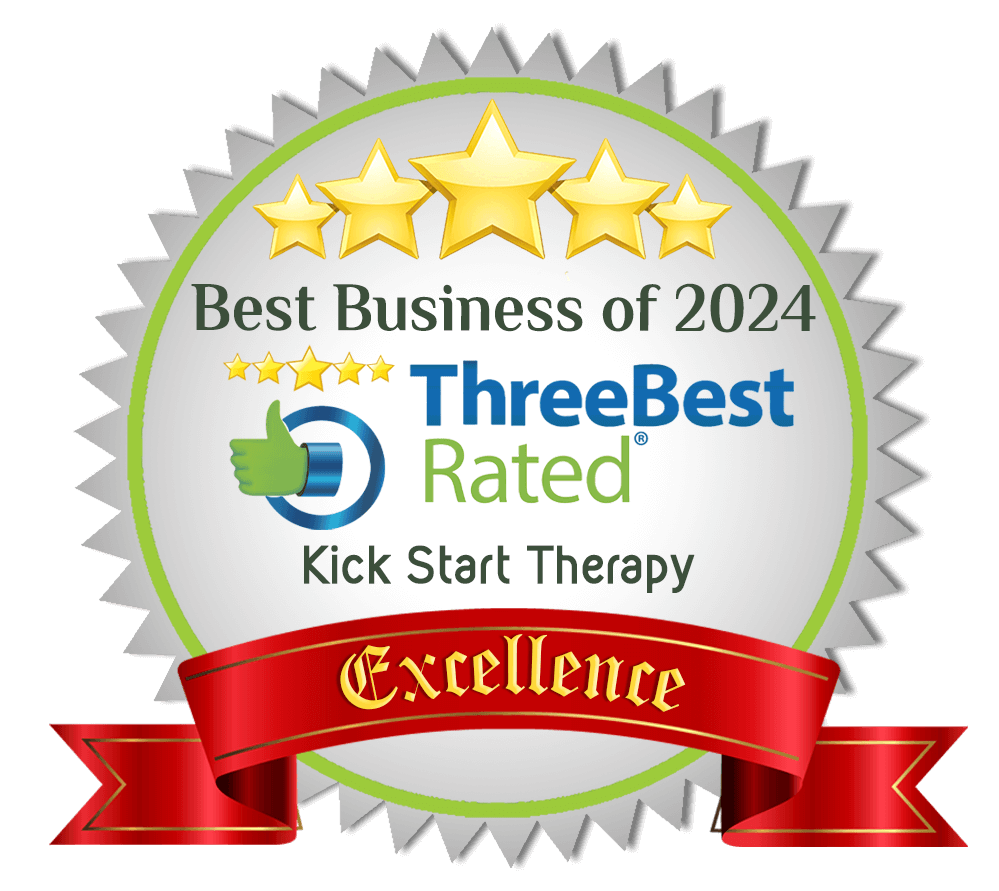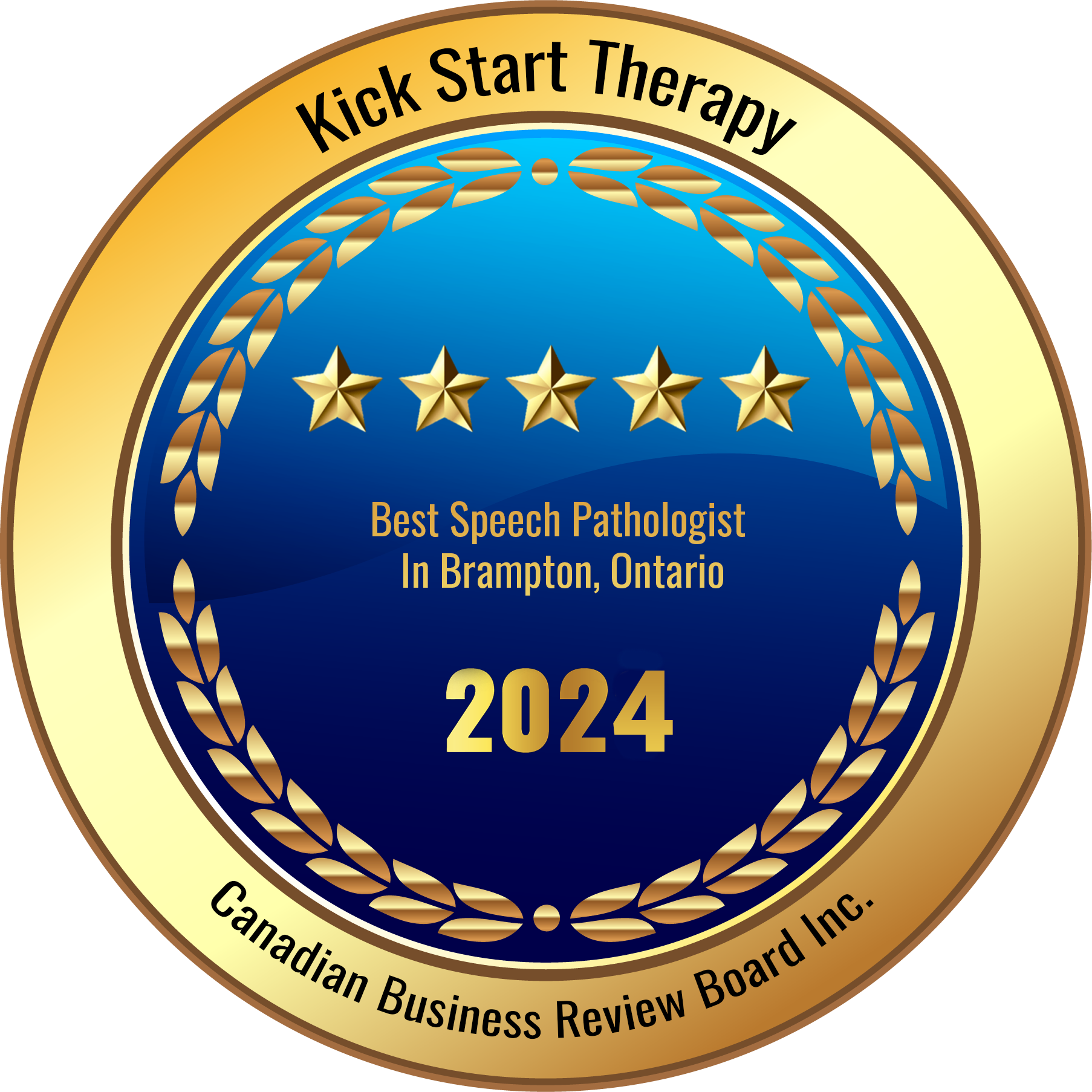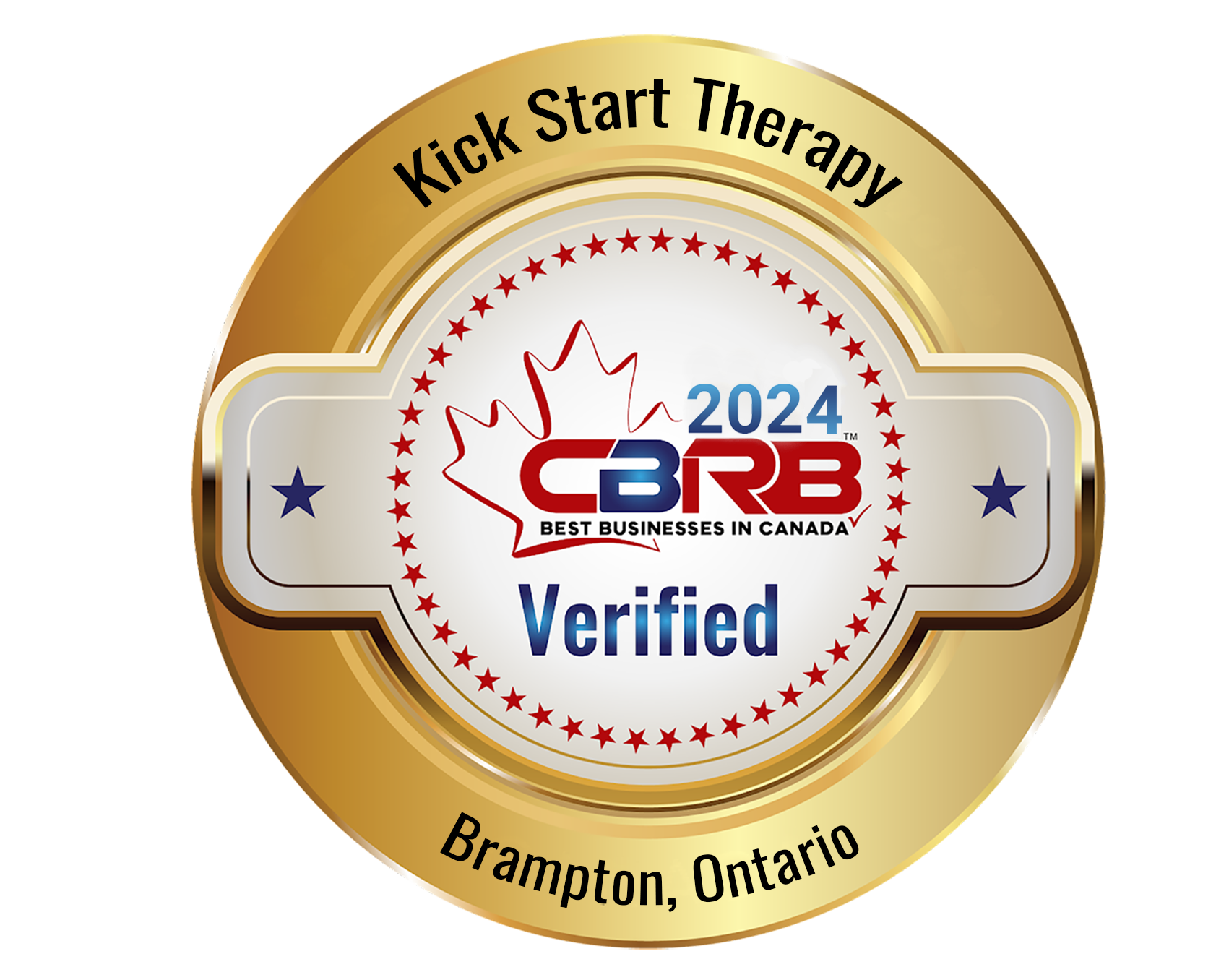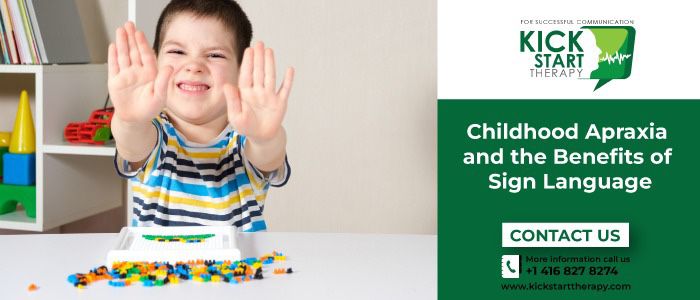
Communication is the cornerstone of human interaction, allowing us to convey our thoughts, feelings, and desires. For most children, speech development occurs naturally, but for some, this process can be more challenging due to a condition known as Childhood Apraxia of Speech (CAS). This speech disorder affects a child's ability to coordinate the complex movements necessary for clear speech.
Apraxia of Speech, or CAS, is a motor speech disorder that impacts the brain's ability to plan and execute the precise movements required for speech production. Unlike other speech disorders, where muscle weakness or structural issues are the primary causes, CAS disrupts the neural pathways responsible for coordinating speech muscles. In CAS, the brain struggles to send the correct signals to the speech muscles, leading to difficulties in forming clear and coherent words. It is important to note that CAS is not a result of muscle weakness or paralysis; it is a neurological disorder affecting speech planning and programming.
Identifying CAS in a child can be challenging, as its symptoms may overlap with other speech and language disorders. Common signs of CAS include:
Children with CAS may produce the same word differently each time they say it, showing significant variability in their speech.
CAS often affects longer or more complex words, making them particularly challenging for children to pronounce.
A child with CAS may have a limited range of consonants and vowels in their speech repertoire.
Children with CAS may exhibit groping or struggle when articulating sounds or words. Delayed Speech Development: CAS can delay speech milestones, such as first words and sentences.
Identifying speech and language disorders, including CAS, requires a multidimensional approach involving parents, teachers, and healthcare professionals. Some key steps in identifying children with speech and language challenges include:
Regular developmental screenings during well-child visits can help identify potential speech and language delays.
Parents should observe their child's speech development and communicate any concerns to their pediatrician or speech therapist.
Teachers play a vital role in identifying speech and language challenges in the classroom. Collaboration between teachers and speech therapists can lead to early intervention.
If a child's speech development is a concern, a comprehensive speech evaluation by a qualified speech therapist can help diagnose and address specific challenges.
By incorporating elements of choice and independence, we help individuals with ASD to engage in activities that align with their interests, fostering intrinsic motivation and a sense of ownership over their learning.
The exact causes of Childhood Apraxia of Speech are not always clear, but several factors may contribute to its development:
Developmental Delay: Some children with CAS may experience delays in their overall speech and language development, including gestural and nonverbal communication.
Neurological Disorder: CAS is fundamentally a neurological disorder, suggesting that disruptions in the brain's neural pathways responsible for speech planning and execution play a significant role.
Muscle Weakness: While muscle weakness is not the primary cause of CAS, it may coexist with the disorder, further complicating speech production.
Speech therapists, or speech-language pathologists (SLPs), are highly trained professionals crucial in assessing, diagnosing, and treating speech and language disorders, including CAS. Upon identifying CAS in a child, our speech therapist designs a personalized treatment plan to address the child's specific challenges.
Each child with CAS is unique, and speech therapists tailor their interventions to meet the child's specific needs and communication goals.
Speech therapists often employ repetition and targeted drills to strengthen speech muscles and improve coordination.
Speech therapists use visual aids and auditory cues to help children understand and practice speech sounds and word formations.
SLPs often provide parents with strategies to support their child's communication development at home.
While speech therapy remains the primary intervention for children with CAS, incorporating sign language into their communication journey can offer numerous benefits:
Sign language provides an additional mode of communication, allowing children with CAS to express themselves more effectively.
For children with limited verbal abilities due to CAS, sign language can reduce frustration by giving them the means to communicate their needs and feelings.
Interestingly, research suggests that using sign language alongside speech therapy can support speech development in children with CAS.
Sign language exposure can also promote overall language development and vocabulary expansion in children.
By understanding its signs and symptoms, potential causes, and the vital role of speech therapists, we can empower children with CAS to find their voices and connect with the world. Integrating sign language into their communication journey bridges the gap between their thoughts and expressions. Together, as parents, educators, and healthcare professionals, we provide the support and resources necessary for children with CAS to flourish and unlock the full potential of their communication skills.

